Barre-lieou Syndrome
Barre-lieou syndrome. Cervicocranial syndrome Craniocervical syndrome also called Barre-Lieou syndrome craniocervical junction syndrome or posterior cervical sympathetic syndrome is an entity whose symptoms includes vertigo cephalea tinnitus facial pain otalgia dysphagia pain of the carotid artery are thought to be caused by cervical factors 1. There is very few nerve related health depreciated problem that has continued dominating the physicians throughout the world. By inclusion in eponym lists without a disclaimer a syndrome can be given legitimacy before the general public.
It can cause muscle weakness reflex loss and numbness or tingling in parts of your body. Article in Spanish DELUCA AA KROLL BIERBER JP AGNESE CA. A syndrome such as Barré-Lieou syndrome that is useless to the medical profession can unfortunately prove to be very useful for litigants and disability claimants.
Barre-Lieou syndrome may result from neck injury of the whiplash type. Classic Barre-Lieou symptoms include neck pain blurred vision nausea vertigo and tinnitus. It can lead to paralysis which is usually.
The condition is also sometimes called Barré-Lieou syndrome or posterior cervical sympathetic syndrome. Barre Lieou Syndrome is characterized as a constellation of symptoms involving the cervical neck. While thought to be caused by hyperactivation of the autonomic nervous system due to trauma there is currently no firmly established etiology.
Posterior Cervical Sympathetic Syndrome Sympathetic Nervous System Tinnitus Vasomotor System Vertigo. 14026837 PubMed - indexed for MEDLINE MeSH Terms. Some have suggested there is irritation of cervical nerve roots with irritation of the sympathetic system.
While classified as a rare disease Barre-Lieou syndrome. Some symptoms include migraine pain tinnitus involuntary eye movements upon head movement nystagmus ringing in the ear tinnitus spasms and blurred vision. Barre-Lieou syndrome or posterior cervical sympathetic syndrome has symptomatology related to underlying cervical instability.
Barré-Liéou and Cervicocranial syndrome are due to cervical vertebral instability which affects the function of the nerve cell aggregations located in the neck just in front of the vertebrae. One such is known as Barre Lieou Syndrome.
By inclusion in eponym lists without a disclaimer a syndrome can be given legitimacy before the general public.
Posterior Cervical Sympathetic Syndrome Sympathetic Nervous System Tinnitus Vasomotor System Vertigo. Cervicocranial syndrome Craniocervical syndrome also called Barre-Lieou syndrome craniocervical junction syndrome or posterior cervical sympathetic syndrome is an entity whose symptoms includes vertigo cephalea tinnitus facial pain otalgia dysphagia pain of the carotid artery are thought to be caused by cervical factors 1. It is not uncommon for patients post trauma to develop symptoms such as vertigo nystagmus beating rhythm of the eyes cervical muscle spasms and dysequilibrium. By inclusion in eponym lists without a disclaimer a syndrome can be given legitimacy before the general public. Vertebral instability or misalignment occurs because the ligaments that support the neck become weakened or injured. Cervicocranial syndrome is a cluster of symptoms that are believed to be caused by instability and misalignment in the cervical vertebrae neck bones. Barré-Liéou and Cervicocranial syndrome are due to cervical vertebral instability which affects the function of the nerve cell aggregations located in the neck just in front of the vertebrae. Barre-Lieou syndrome may result from neck injury of the whiplash type. Barré-Liéou syndrome has the synonyms brachialgia paraesthetica nocturna cervical migraine chronic cervical arthritis migraine cervicale neurovertebral dystonia syndrome sympathique cervicale postérieur 4 and vertigo of cervical arthrosis.
Cervicocranial syndrome Craniocervical syndrome also called Barre-Lieou syndrome craniocervical junction syndrome or posterior cervical sympathetic syndrome is an entity whose symptoms includes vertigo cephalea tinnitus facial pain otalgia dysphagia pain of the carotid artery are thought to be caused by cervical factors 1. In 1925 and 1928 respectively Jean Alexandre Barre MD a French neurologist and Yong-Choen Lieou a Chinese physician each independently described a syndrome with a variety of symptoms thought to be due to a dysfunction in the posterior cervical sympathetic nervous system a group of nerves located near the vertebrae in the neck. Barre-Lieou syndrome or posterior cervical sympathetic syndrome has symptomatology related to underlying cervical instability. A syndrome such as Barré-Lieou syndrome that is useless to the medical profession can unfortunately prove to be very useful for litigants and disability claimants. Barre-Lieou syndrome may result from neck injury of the whiplash type. Cervicocranial syndrome can include a wide range of symptoms. Posterior Cervical Sympathetic Syndrome Sympathetic Nervous System Tinnitus Vasomotor System Vertigo.

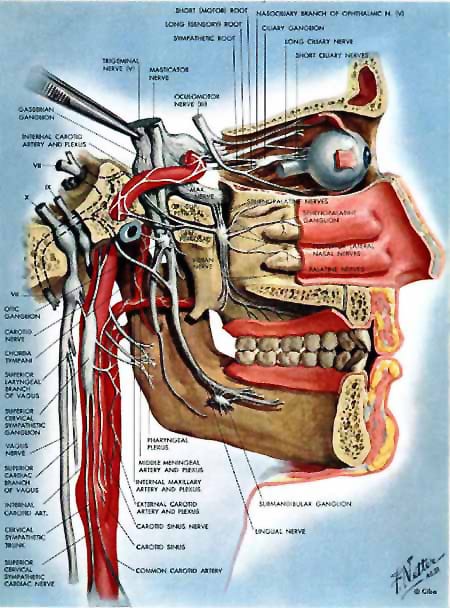








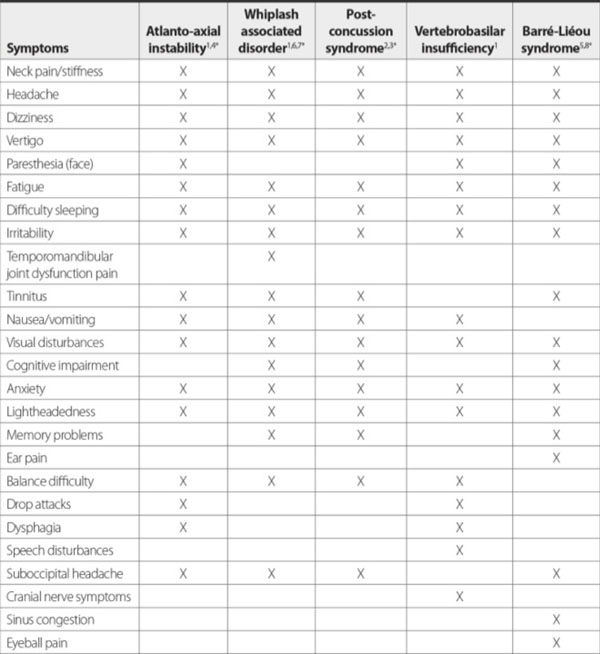













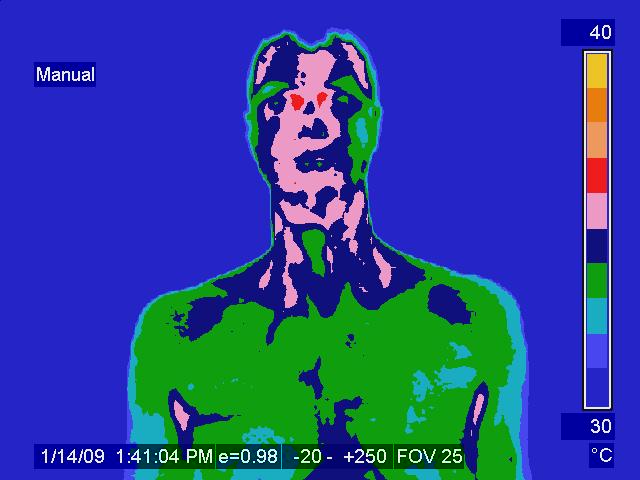

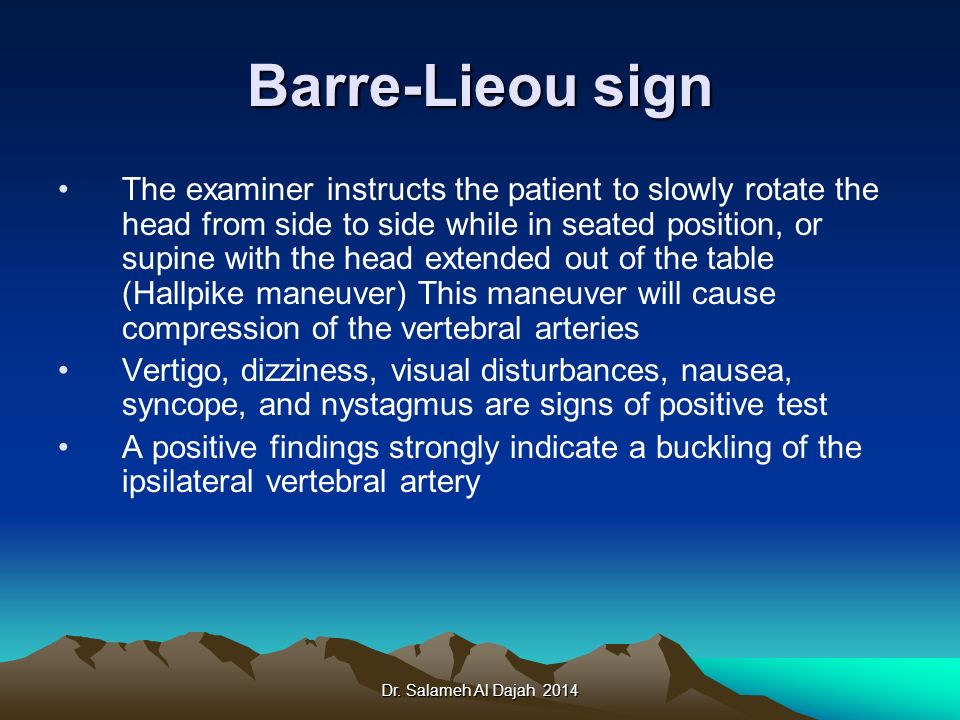
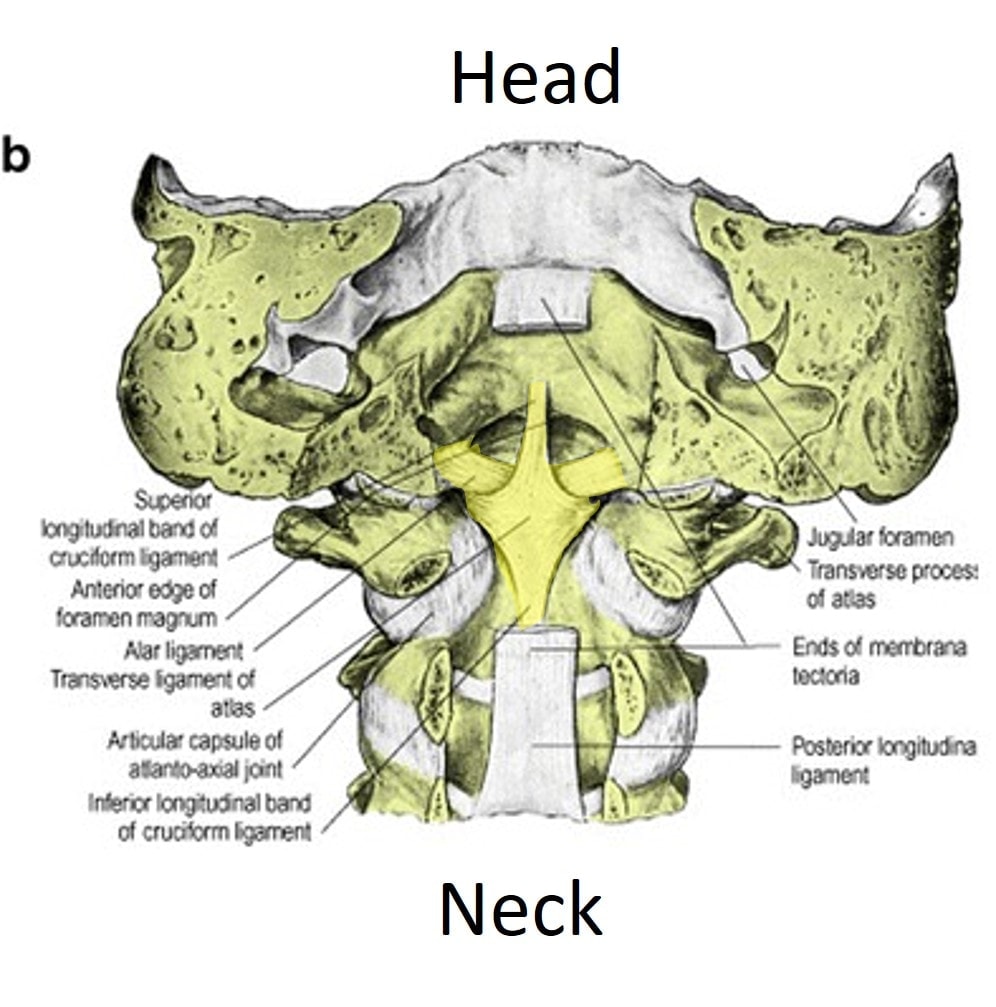




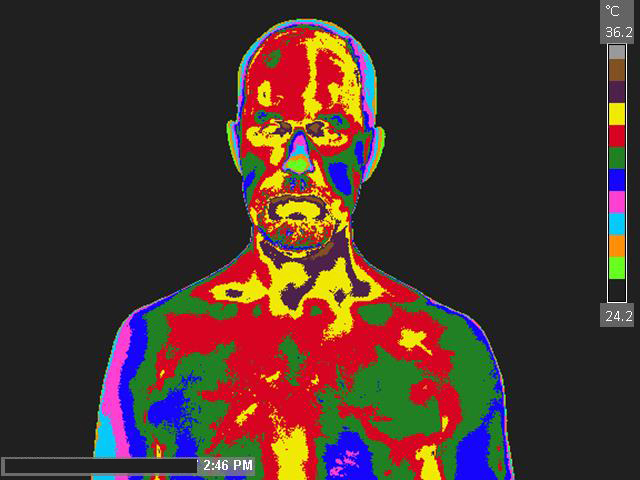






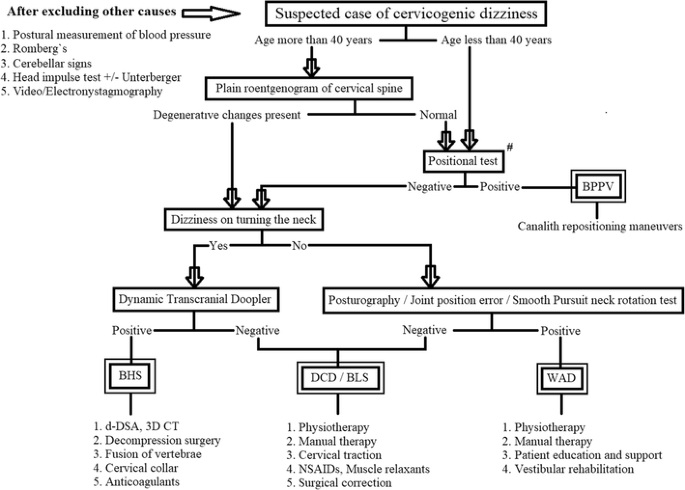

Post a Comment for "Barre-lieou Syndrome"